Why Karun Ghera & KRP Reddy see a buoyant print media in a digital era
Print media has received a boost in the arm with the release of the IRS 2017 data earlier this year. However, the oldest media industry in the country has been facing some threats in recent times – the growing march of digital and the menace of Fake News being the prime threats, along with hike in newsprint costs and changing consumer habits.
In freewheeling conversations with Adgully, Karun Ghera, President, Lokmat Media, and KRP Reddy, Director – Advertising and Marketing, Sakshi Group, speak about print’s survival in the digital era, as well as the menace of Fake News and ways to tackle it.
KRP Reddy sees a fortification of print media in India with the rise and rise of regional media, which according to him, is now growing faster than English media. “Earlier, English press use to cover a larger share of the pie, but now more or less everything regional is playing a pivotal role,” he added. Reddy sees his Group’s efforts to result in 50 per cent penetration in the regional segment in the next five years.
Print Vs Digital
When asked how far the print industry taken its steps into digital, Karun Ghera, President, Lokmat Media, replied that it has been an evolution and that people had been analysing whether digital would survive, whether it would work and whether it would eat away into print’s market share. Thus, there was fear and there was threat, but there was also an opportunity and different people looked at it differently. “Now when you look at the industry, every media house that had started in print has now started to dabble in digital. While some have moved the needle higher, some have just started to move the needle,” he noted.
He affirmed that clearly, digital is something that is going to stay. Another point is that people in the print space have started seeing the opportunity for conversions. The fact that digital will bring about more consumption of news, information, trends, etc., enhances its value. “Once you have been in the information business, it is easy for you if you have the right mindset and amount of money to move into this area, where you can survive in digital as well,” he added.
KRP Reddy, Director – Advertising and Marketing, Sakshi Group, too, sees both print and digital surviving because they are supplementary to each other. He remarked, “Neither print nor digital is performing like a substitute. And talking of today’s time, digital is still at a very nascent stage when it comes to regional language, while print is still dominating in this segment.”
Ghera added here, “In the next 5 years, you will find that all those who survive in print will be the ones who will have print as well as a digital arm working side by side together.”
He emphatically disagreed that digital would eat away into print’s share. According to him, there always would be a need to consume news and to express oneself, only the channel around it will keep changing. “Today its digital and, who knows tomorrow what new technology would be here. Smart business houses will continue to work with and adapt to every platform that starts to come up. Those who will adapt will survive in the long term,” he further said.
To Read More Visit Here.
Ghera pointed out, “If today your business is 80 per cent print and 20 per cent digital, it might switch and become 70 per cent digital and 30 per cent print, but both will survive and continue to feed our future audience.”
Tackling Fake News
There have been serious debates in the industry around Fake News and how to tackle this menace.
Ghera’s take on this is that everybody in the industry, irrespective of digital or print or television, have come together and agree that self-regulation is the best methodology to counter Fake News rather than getting the government or an outside agency involved in doing it. He further noted, “If you look at it from an Indian perspective, very clearly India has not moved to that extent of Fake News that the West has gone through, but I think it’s a wake-up call for all of us that self-regulation should start. All of us need to go back and introspect, and the editors need to start questioning news.”
Another point here is the credibility that print enjoys, compared to digital. As Ghera explained, “This was because print news is something that one reads 12 to 24 hours after the incident has happened, where there has been a measured response and people have had the time to go through and understand whether it is fake or not. Therefore, this is where the print credibility aspect will actually come up and that is one of the reasons why print will still continue to be there and will be the last word that you read. You know who has written it and who can be held accountable for the same and therefore, people will believe in it more.”
Speaking about the steps that Sakshi Group takes to regulate Fake News, Reddy informed, “We have a self-regulatory mechanism. We use certain filters to check the authenticity of the news. Firstly, we will check whether it’s true or not. Secondly, is it necessary to share it with the readers and if we decide that it is relevant for them only then do we print the news.”
The measures taken by Lokmat Media are also along similar lines. As Ghera stated, “We check and re-check all the news that we put out and in case anything goes wrong, we become aware of it internally and our editors look at it. People get held up for anything wrong or which would violate our internal conduct that we put across. I think this is highly required and that is why the print industry has survived for so many years. All the major print players who have been there have stood by and had opinions that they have put on the table and they have stood by this opinion.”
To Read More Visit Here.


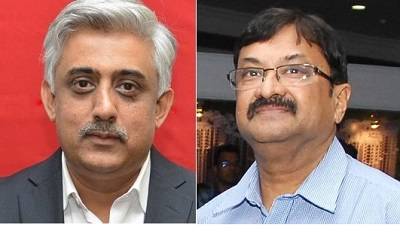
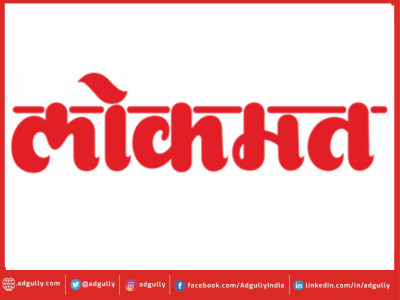
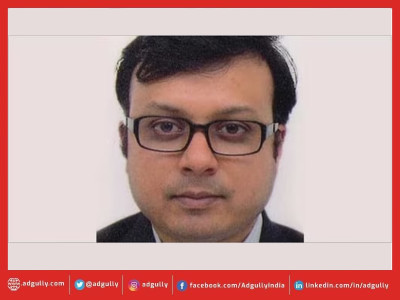
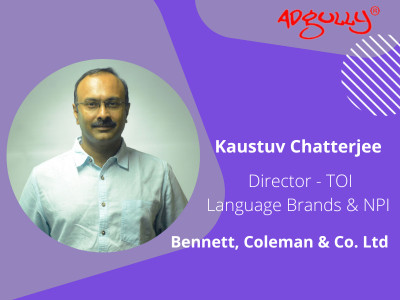
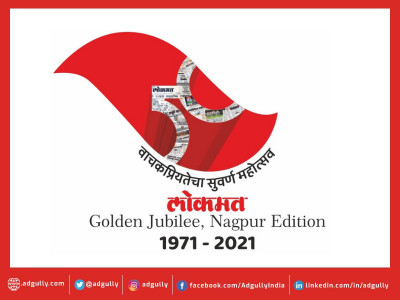
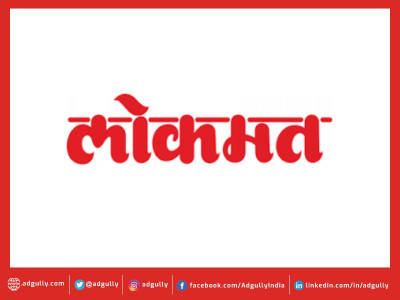

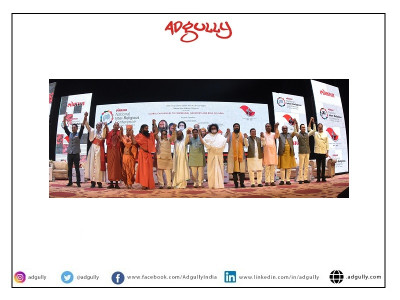


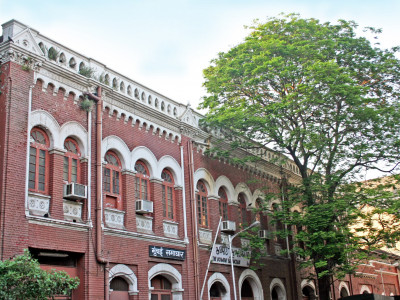

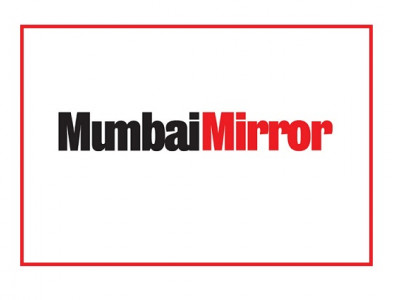


Share
Facebook
YouTube
Tweet
Twitter
LinkedIn